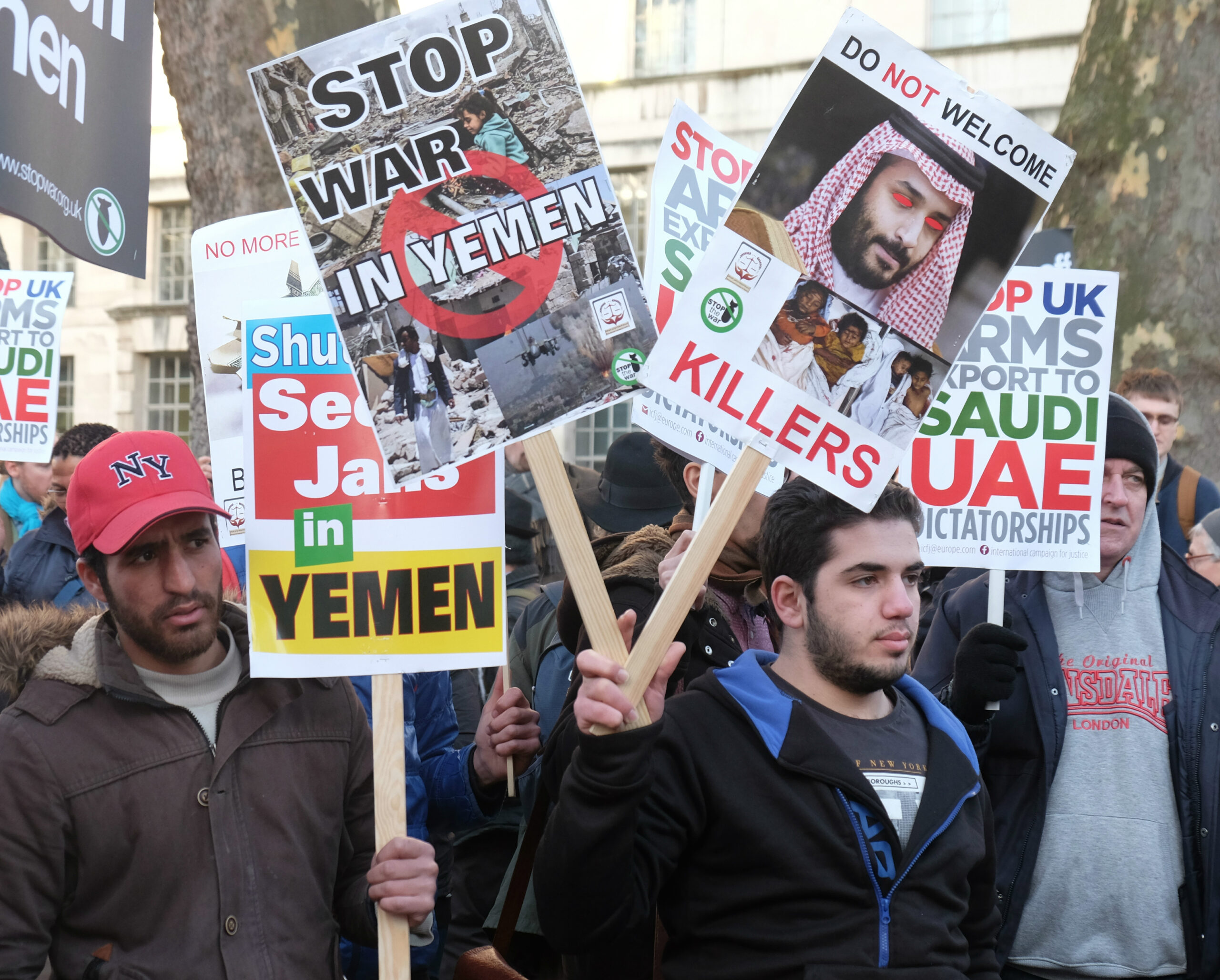
Yemen is home to the ‘Forgotten War’ of the 21st century. Why? It is a relatively remote country that is largely an unknown character in global politics. By nature, it does not have characteristics that would attract western attention. It is not a major hydro-carbon producer unlike many of its fellow Middle-Eastern nations and few Yemenis appear in the large numbers of refugees travelling to Europe. This harsh reality is a primary reason why Yemen’s civil war has been brushed under the carpet, leaving the situation to deteriorate more rapidly than it otherwise would have.
The 2011 Yemini revolution was just one of several uprisings across the Arab World, known as the Arab Spring. The revolution severely destabilised the political situation in Yemen and in many respects led to the outbreak of the Yemin civil war in 2014.
The Yemen civil war that erupted in 2014 is a representation of the Sunni/Shia divide that has drowned the Middle East in conflict for centuries. Houthi insurgents, or Shiite rebels, with ties to Iran rebelled against the Sunni government and took control of Sana’a, Yemen’s capital and largest city, located in the western region of the nation. The demand for a new government and the lowering of fuel prices fueled the insurgency. Failed negotiations led to the Presidential Palace being seized by the rebels and President Abd Rabbu Mansour Hadi, along with his government, was forced to resign.
The consequence of this initial spark has been a combination of conflict, along with with US, Iranian and Saudi Arabian involvement. Just as Ukraine is a US/Russia battleground, Yemen has acted as a contested space for a Saudi-Iranian proxy war. This was seen first in 2015, when Saudi Arabia implemented a naval blockade to halt Iranian supplies to the Houthi insurgents. Iran responded boldly by dispatching a naval convoy, considerably raising military tension between the two countries. Several years of similar events have occurred, so what is the current situation looking like?
There is recent cause for hope in Yemen. April 2022 saw the UN broker a nationwide truce in Yemen that has now seen the greatest pause in fighting since the war began 2014, with the Yemeni people seeing benefits such as increased humanitarian aid. Nationwide drops in violence and casualties are also observed, something that, for a time, seemed impossible to achieve. There has been a 90% reduction in the reported fatalities associated with confrontations between the main parties compared to six months before the truce. Furthermore, Saudi Arabia has recently welcomed peace talks in Riyadh.
Conflict has continued between the Houthi rebels, the Presidential Leadership Council (PLC) and related factions. Moreover, adopting to new life under the truce has seen a rise in local resurgence as military resources were diverted according to UN’s negotiations. Whilst widespread, intense fighting has decreased from what it was – political violence running rampant on local levels. Moreover, last month Bahrain accused the Houthi fighters of killing two Bahraini soldiers in a drone attack on Saudi Arabia’s southern border with Yemen. The use of drones has been a topic of much controversy throughout this conflict.
All in all, the situation in Yemen has improved. But tension remains in the air and one poorly placed foot could quickly undo the work of the truce. The multi-faceted nature of the conflict in Yemen defines its complex and unpredictable nature. With the UN, US, Saudi Arabia, Iran and many Yemeni parties and factions involved, it is a very unique conflict that will requires a very unique solution.
Image: Stop the War in Yemen! by Alisdare Hickson // CC BY-SA 2.0



Average Rating